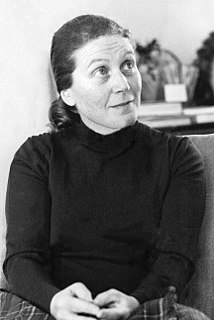
Svetlana Iosifovna Alliluyeva, later known as Lana Peters, was the youngest child and only daughter of Soviet leader Joseph Stalin and his second wife Nadezhda Alliluyeva. In 1967, she became an international sensation when she defected to the United States and, in 1978, became a naturalized citizen. From 1984 to 1986, she briefly returned to the Soviet Union and had her Soviet citizenship reinstated. Until her death in 2011, she was Stalin's last surviving child.
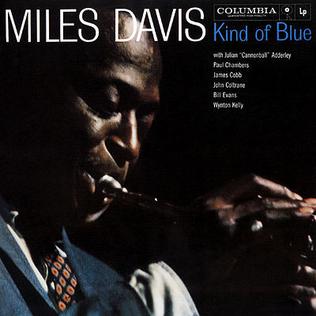
Kind of Blue is a studio album by American jazz trumpeter, composer, and bandleader Miles Davis. It was recorded on March 2 and April 22, 1959, at Columbia's 30th Street Studio in New York City, and released on August 17 of that year by Columbia Records. For the recording, Davis led a sextet featuring saxophonists John Coltrane and Julian "Cannonball" Adderley, pianist Bill Evans, bassist Paul Chambers, and drummer Jimmy Cobb, with new band pianist Wynton Kelly appearing on one track – "Freddie Freeloader" – in place of Evans.
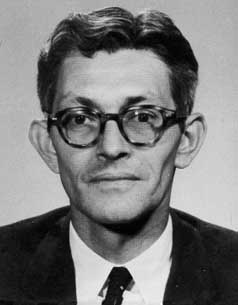
James Jesus Angleton was chief of counterintelligence for the Central Intelligence Agency (CIA) from 1954 to 1974. His official position within the organization was Associate Deputy Director of Operations for Counterintelligence (ADDOCI). Angleton was significantly involved in the US response to the purported KGB defectors Anatoliy Golitsyn and Yuri Nosenko. Angleton later became convinced the CIA harbored a high-ranking mole, and engaged in an intensive search. Whether this was a highly destructive witch hunt or appropriate caution vindicated by later moles remains a subject of intense historical debate.
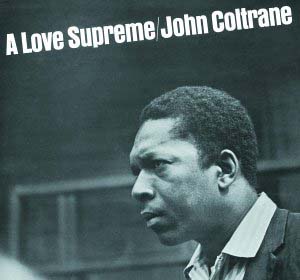
A Love Supreme is an album by American jazz saxophonist John Coltrane. He recorded it in one session on December 9, 1964, at Van Gelder Studio in Englewood Cliffs, New Jersey, leading a quartet featuring pianist McCoy Tyner, bassist Jimmy Garrison, and drummer Elvin Jones.
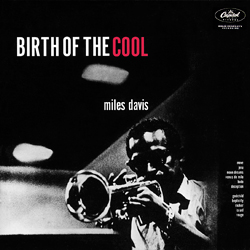
Birth of the Cool is a compilation album by American jazz trumpeter and bandleader Miles Davis, released in February 1957 by Capitol Records. It compiles eleven tracks recorded by Davis's nonet for the label over the course of three sessions during 1949 and 1950.
Ashley Kahn is an American music historian, journalist, and producer. Kahn graduated from Columbia University in 1983.
The Borodin Quartet is a string quartet that was founded in 1945 in the then Soviet Union. It is one of the world's longest-lasting string quartets, having marked its 70th-anniversary season in 2015.
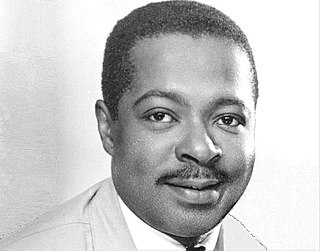
Wynton Charles Kelly was an American jazz pianist and composer. He is known for his lively, blues-based playing and as one of the finest accompanists in jazz. He began playing professionally at the age of 12 and was pianist on a No. 1 R&B hit at the age of 16. His recording debut as a leader occurred three years later, around the time he started to become better known as an accompanist to singer Dinah Washington, and as a member of trumpeter Dizzy Gillespie's band. This progress was interrupted by two years in the United States Army, after which Kelly worked again with Washington and Gillespie, and played with other leaders. Over the next few years, these included instrumentalists Cannonball Adderley, John Coltrane, Hank Mobley, Wes Montgomery, and Sonny Rollins, and vocalists Betty Carter, Billie Holiday, and Abbey Lincoln.
Roger Kellaway is an American composer, arranger and jazz pianist.
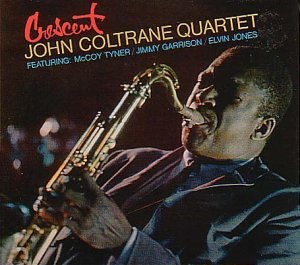
Crescent is a 1964 studio album by jazz musician John Coltrane, released by Impulse! as A-66. Alongside Coltrane on tenor saxophone, the album features McCoy Tyner (piano), Jimmy Garrison and Elvin Jones (drums) playing original Coltrane compositions.

George Mesrop Avakian was an American record producer, artist manager, writer, educator and executive. Best known for his work from 1939 to the early 1960s at Decca Records, Columbia Records, World Pacific Records, Warner Bros. Records, and RCA Records, he was a major force in the expansion and development of the U.S. recording industry. Avakian functioned as an independent producer and manager from the 1960s to the early 2000s and worked with artists such as Louis Armstrong, Miles Davis, Duke Ellington, Benny Goodman, Dave Brubeck, Eddie Condon, Keith Jarrett, Erroll Garner, Buck Clayton, Sonny Rollins, Paul Desmond, Edith Piaf, Bob Newhart, Johnny Mathis, John Cage, Alan Hovhaness, Ravi Shankar, and many other notable jazz musicians and composers.

Meditations is a 1966 album by John Coltrane. The album was considered the "spiritual follow-up to A Love Supreme." It features Coltrane and Pharoah Sanders as soloists, both playing tenor saxophones. This was the last Coltrane recording to feature his classic quartet lineup of himself, bassist Jimmy Garrison, drummer Elvin Jones and pianist McCoy Tyner, as both Jones and Tyner would quit the band by early 1966. Sanders, Ali, Garrison and Coltrane's wife Alice would comprise his next group.

Ascension is a jazz album by John Coltrane recorded in June 1965 and released in 1966. It is considered a watershed in Coltrane's work, with the albums recorded before it being more conventional in structure and the albums recorded after it being looser, free jazz inspired works. In addition, it signaled Coltrane's interest in moving away from the quartet format. AllMusic called it "the single recording that placed John Coltrane firmly into the avant-garde".

Simon Nabatov is a Russian-American jazz pianist.
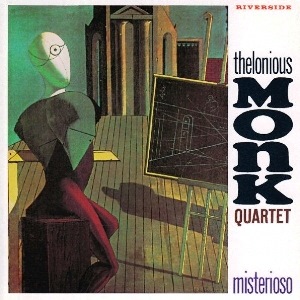
Misterioso is a 1958 live album by American jazz ensemble the Thelonious Monk Quartet. By the time of its recording, pianist and bandleader Thelonious Monk had overcome an extended period of career difficulties and achieved stardom with his residency at New York's Five Spot Café, beginning in 1957. He returned there the following year for a second stint with his quartet, featuring drummer Roy Haynes, bassist Ahmed Abdul-Malik, and tenor saxophonist Johnny Griffin. Along with Thelonious in Action (1958), Misterioso captures portions of the ensemble's August 7 show at the venue.
Yuri Ivanovich Nosenko was a KGB officer who defected to the United States in 1964. Controversy arose in the CIA over whether he was a bona fide defector and he was held in detention for over three years before he was finally accepted as a legitimate defector by the CIA. After his release, he became an American citizen, working as a consultant and trainer for the CIA.

“Gaya“ were an Azerbaijani vocal quartet consisting of Arif Hajiyev, Teymur Mirzoyev, Lev Yelisovetski and Rauf Babayev. Quartet was active from 1972 to 1988. They sang in multiple languages, including Azerbaijani, Spanish, Polish, Ukrainian, Russian and English in their repertoire. Gaya was formed in 1961, when Rauf Hajiyev invited musicians to work in Azerbaijan State Estrada Orchestra. Such composers as Tofig Guliyev, Fikret Amirov, Rauf Hajiyev, Vasif Adigozalov, Faraj Garayev and Tofig Babayev worked with “Gaya”.
Peter John Leitch is a Canadian jazz guitarist.
The USSR State Jazz Band was a Soviet jazz band that existed in 1930s–1940s.
Boris Midney is a Soviet-born American musician, producer, composer and conductor.













